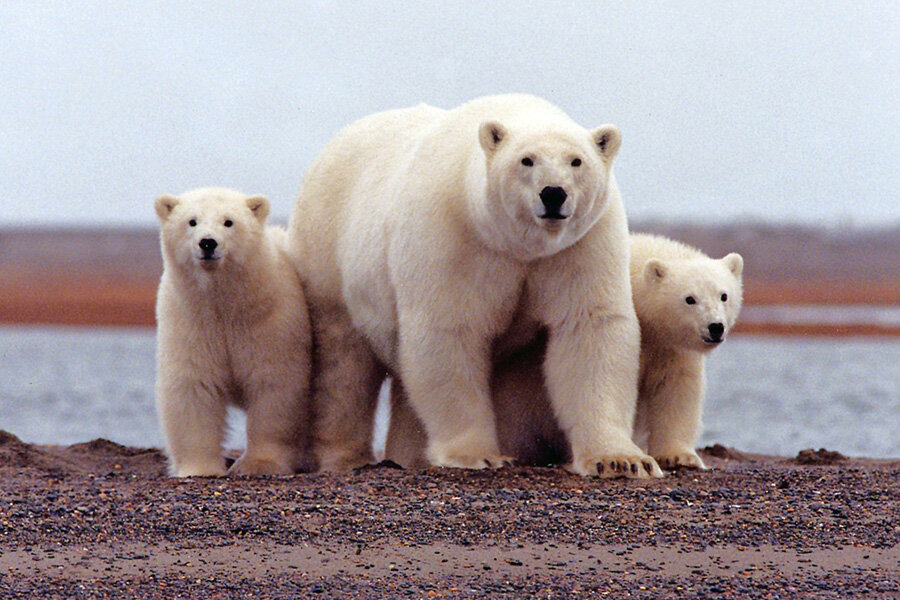Why beloved polar bear may face bigger risk than previously thought
Loading...
The embattled polar bear may be at greater risk from climate change than previously thought, according to a three-year study conducted in the southern Beaufort Sea.
The new study refutes the long-held belief that polar bears can resort to a status of "walking hibernation" to managed energy loss during periods of increased fasting as a result of diminished food stores.
While warmer months bring bountiful harvests to more southern climes, polar bears' access to food supplies become more scarce during the summer due to reductions in sea ice. Research from the 1970s suggested that "walking hibernation” helps polar bears weather these periods of limited food, but the study published on Thursday in the journal Science rejects this idea.
“We haven't known until now whether bears really reduce their metabolism in summer, which, if they did, may have offered a limited buffer from some of the negative effects of ice loss," said lead author John Whiteman of the University of Wyoming.
The study found that activity and temperature patterns recorded for polar bears in summer were typical of food-deprived mammals rather than hibernating mammals.
Karyn Rode, U.S. Geological Survey research wildlife biologist in Anchorage who was part of a polar bear fasting study published in 2012, told The Associated Press that the new study confirms that polar bears can't conserve energy when they're fasting.”
That's especially troubling considering the rate at which the Arctic has been warming due to climate change. As The Christian Science Monitor’s Pete Spotts reported in December 2014:
Reductions in summer sea ice between 1987 and 2011 cut the polar bear population in western Hudson's Bay by a third, from 1,200 animals to 800. Along the norther coast of Alaska and east into Canada, the population centered along the southern Beaufort Sea fell by 40 percent between 2001 and 2010 to around 900 bears. Since then the population appears to have stabilized. Several regions in northern Canada have seen populations that have remained stable, while one region hosts an increasing population of polar bears.
The newly published study’s co-author, Steve Amstrup, a retired US Geological Survey polar bear researcher now affiliated with Montana-based Polar Bears International says it is already clear what needs to be done to save polar bears from extinction. “All of the studies in the world won't help us there. If we don't deal with greenhouse gas emissions, those of us who have been studying polar bears for our whole lives will be nothing more than polar bear historians,” AP reported.
This report includes material from the Associated Press.








